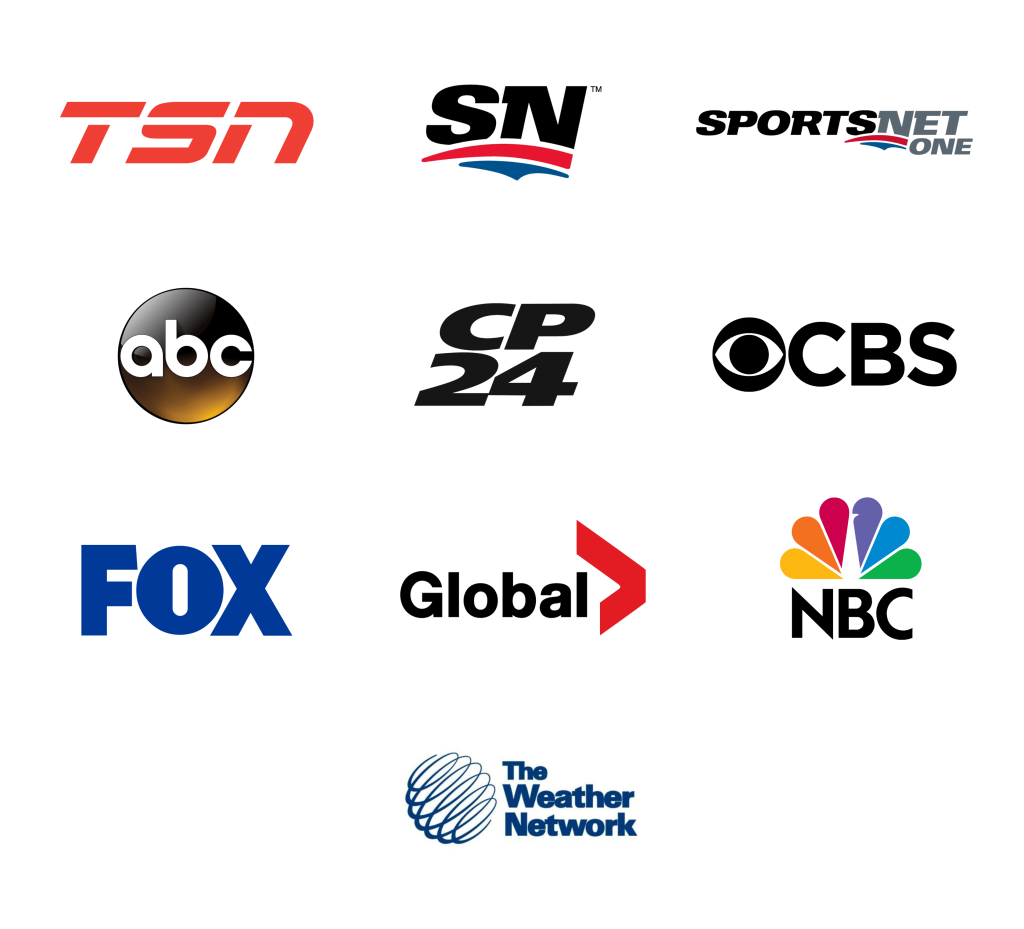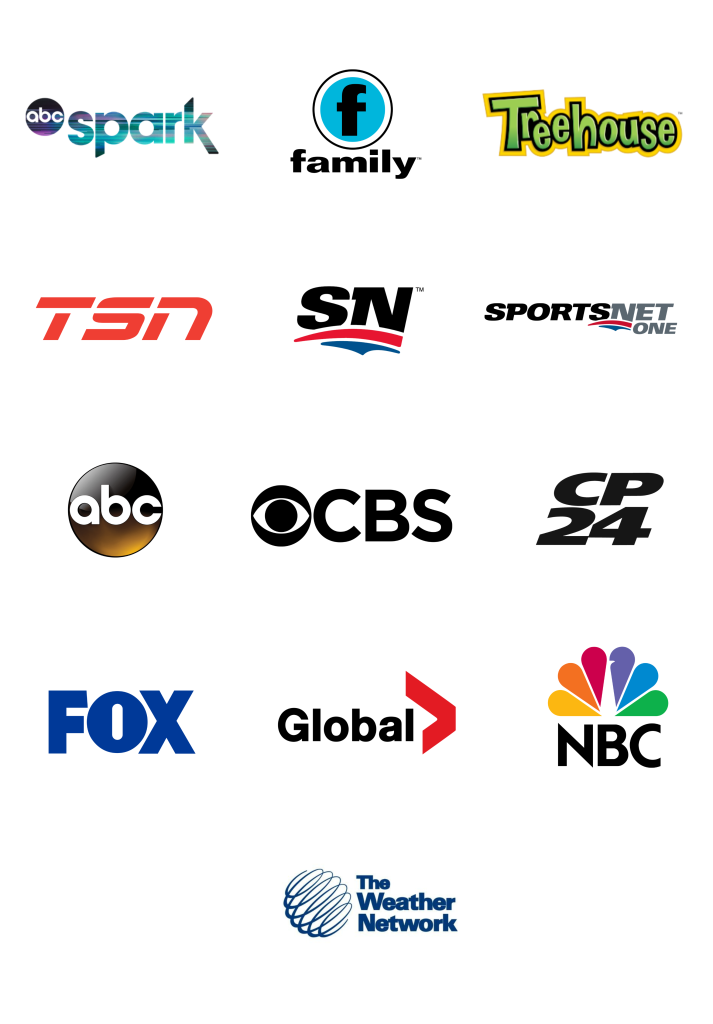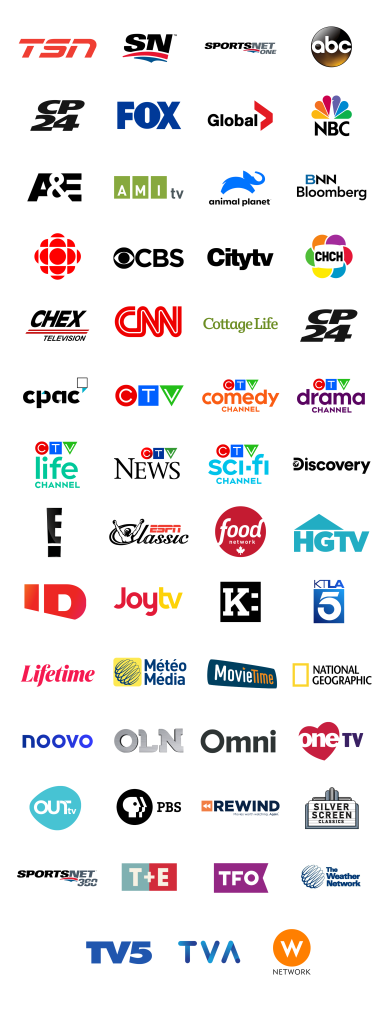
 Feb 17 2023
Feb 17 2023
Today, you’ll be hard-pressed to find old school TVs—bulkier, lower resolution, and purely analog, with only cable or satellite connectivity. In the age of the internet, the TV has become smart. Over the past decade or so, TVs progressively got thinner, lighter, and more powerful. With the ability to connect to other devices via wired connection or remotely – and to your fast and cheap Comwave home internet – smart TVs have become essential, and a staple in every home.
By now, you probably already own a smart TV. But if it has years on it, it’s a good time to shop around for your next smart TV. An upgrade is every pixel and byte worth it—the perfect companion for every streaming binge, game night, catching the latest news, and more, especially with a ComwaveTV subscription. All you need to do is find the best smart TV for your needs.
So, are you ready to start your search? In this article, we provide the only guide you need to smart TV shopping. Check out all the specs and features you’ll want to have, at the best price point and value.
Before we go into the specs and features you need in a smart TV, let’s have a little refresher on what this device actually is. It’s easy to forget what a smart TV is and what it does since this technology has been around for a while now.
So, when shopping for a smart TV, make sure you’re actually looking at one. First off, a smart TV has its own operating system, depending on its manufacturer. Next, it connects to your Comwave home internet, or your standard home internet connection. And thanks to this connection, you can access streaming apps like Netflix without plugging an external device. You can even cast media from your phone, computer, or tablet directly to it.
And lastly, just because it’s connected to the internet doesn’t mean it can’t do all the basic functions of a TV. With a service like ComwaveTV, you can watch all your favourite shows and channels, live on-air and on-demand.
So, now that you know what a smart TV does, you’re ready to start shopping. If it’s been a while since your last TV upgrade, you may find that the latest smart TVs pack a lot more features and power than their predecessors.
Check out our guide to buying a smart TV, including:
Smart TVs have a number of connection ports. The most important one is the HDMI port, a versatile port for connecting various devices to your TV, including gaming consoles, speakers, computers, and more.
And while HDMI ports are a staple in every smart TV, they’re not all the same. HDMI ports come in multiple versions, such as HDMI 2.0a, 2.0b, 2.1, and 4.0. Most TVs have the standard 2.0 or 2.1 port. But with new smart TVs with higher resolutions coming out—such as the next-gen 4K—you’ll want a TV with a suitable port and a high-speed cable to match.
Aside from HDMI ports, you’ll also want a smart TV with a USB port for more flexibility when connecting computers, phones, hard drives, and more.
This is the feature that everyone cares about. It’s no secret that smart TVs generally have much higher resolution than analog TVs. When shopping for a smart TV, make sure to look at the screen resolution. It’s one of the most defining features that ensures that you get the most out of streaming videos online, in combination with fast and cheap internet from Comwave.
While most TVs today come with at least full HD, you may want to look for a higher resolution, such as 4K and 8K. Just keep in mind that the current highest tier, 8K, is at a higher price point. Meanwhile, 4K is a reasonable upgrade that still delivers a better viewing experience if you’re coming from full HD. At the end of the day, it’s all about what you want to watch, and how much detail and motion you want the screen to capture.
Next to the resolution, you’ll want to select the best type of screen. LCD and LED are both types of screens used in smart TVs, but they’re quickly being replaced by OLED. With even more vibrant colours and a higher contrast, OLED smart TVs offer better quality and an overall better viewing experience.
In contrast, you won’t get anywhere near this quality with the older LED or even a much older LCD. LED screens offer lower-quality pictures, while the much older LCD screens make pictures look bland or “washed out”.
But, if you really want to step it up, don’t settle for OLED. While it’s pricier than LED, it’s no longer the newest one in the market. QLED screens are quickly taking over the market, which are an even marked improvement than OLED, along with a longer lifespan.
What’s the refresh rate? Simply, it’s a measure of how many times a TV can refresh the frame or image per second. Of course, you’ll want a rapid refresh rate so there’s less blur. This is especially important if you love watching stuff with fast panning shots, such as in action scenes and sports.
The standard refresh rate in smart TVs is between 60 and 120fps (frames per second). While you won’t notice much of a difference between 100 and 120fps, definitely steer clear of TVs with refresh rates lower than that to avoid blurry pictures.
What’s HDR compatibility? HDR or High Dynamic Range is a technology that increases a picture’s dynamic range between light and dark parts—or simply, the contrast. HDR compatibility in a smart TV means better picture quality overall, since you see more details onscreen.
Keep in mind that there are different types of HDR in smart TVs, such as HDR10, HDR10+, HLG, Advanced HDR by Technicolor, and Dolby Vision. Most TVs support HDR10 since it’s the most common type, so make sure to choose a smart TV that supports at least this.
And lastly—don’t forget about the size! Screen size is pretty high up there in terms of the factors that most people consider when shopping for a smart TV. And naturally, a lot of people always think bigger is better, since a bigger screen provides a more immersive experience on movie nights. But while that’s true, make sure you have the room for it first.
Also, keep in mind the size of the room you’re putting your television in, as a 60-inch screen in a small room can be damaging to your eyes and jarring to your viewing experience. So, make sure you first measure your available space and consider the area your smart TV will be in.
And there you have it—those are the most important things to look for in a smart TV. Are you ready to start shopping? As you’ve seen, having the right smart TV that meets your needs and delivers on everything you want to watch matters.
But before you go, there’s one last thing to keep in mind. Make sure your smart TV supports ComwaveTV and maximizes the full power of your fast and cheap Comwave internet. Choose a TV with the latest hardware and operating system to avoid lags, delays, and disruptions. With a ComwaveTV subscription, and reliable and cheap Comwave home internet, you’ll always be able to watch your favourite channels and stream, hassle-free.
Need help buying a smart TV? Talk to a Comwave specialist today about the specifications for ComwaveTV and internet connectivity.

Comwave offers fast, unlimited internet and special bundle deals at incredible value, giving you the speed you need through a reliable connection that supports all your devices.
1-877-474-6638© 2025 Comwave Networks Inc. All rights reserved.
911 has certain limitations versus traditional E-911. Details at www.comwave.net/legal



First, let us know where you live so we can make sure that we can provide service in your area.